A sports photographer experiments with film in order to stave off boredom on assignment.
Look down the sidelines at a college basketball game and you’ll see two rows of photographers. They’ll most likely all be shooting with a 70-200 lens and have a 24-70 in their lap. “Everybody uses the exact same equipment from the exact same spot,” says Cooper Neill, who covers sports in his home state of Texas. The challenge is finding what other photographers aren’t looking for. So after years of shooting baseball, football, basketball, soccer and hockey, Neill brought his film camera to a game and started shooting double-exposure images. It has turned into an ongoing personal project that enables him to experiment with storytelling by adding layers of context to each frame, while helping him rise above the repetitive nature of his assignments. He joined R&K from Texas.
Roads & Kingdoms: When did you start shooting sports?
Cooper Neill: I grew up in a small town in Texas where everybody played every sport. So I grew up playing soccer and basketball and baseball and running track. I also played football in Middle School. Sports is a big part of life for a young Texan boy. But when I went off to college, I realized that being six foot two and 130 pounds is not really the athletic build to play sports at anything beyond the high school level. I ended up going to a music school and while I was there I started working for the student newspaper as their sports photographer. After I graduated, I ended up studying journalism at the University of Texas in Austin. I decided to go there instead of Missouri or Ohio or Syracuse because I got state tuition and also because Austin has a very big music scene and I could freelance as a music photographer.

R&K: Because you initially wanted to be a music photographer?
Neill: I think I knew there wasn’t really a way to make a living as a music photographer. It was just something that I enjoyed doing, but it’s really hard to specialize in something that so many people will do for free. So I found sports, which I would put on the same level as doing concert photography. If you go to a football game, you’ll have a photographer there from AP, Getty, the local paper, USA Today, and then you’ll have 20 guys who all have day jobs and just go out and buy camera equipment because they like being on the sidelines.

R&K: How is sports photography different than other assignments?
Neill: Sports is different first because of the equipment you need. You have to use long lenses, which are just very expensive. But for me the thing that I like is that I’ve always played sports and I’ve always watched sports, so I have a very good understanding of how they are played compared to some of the other photographers who really just despise sports. They aren’t as in tune with the game and can’t anticipate what’s going on, just because they don’t understand what’s happening. So I think that’s one of the things that helped me connect with sports photography.
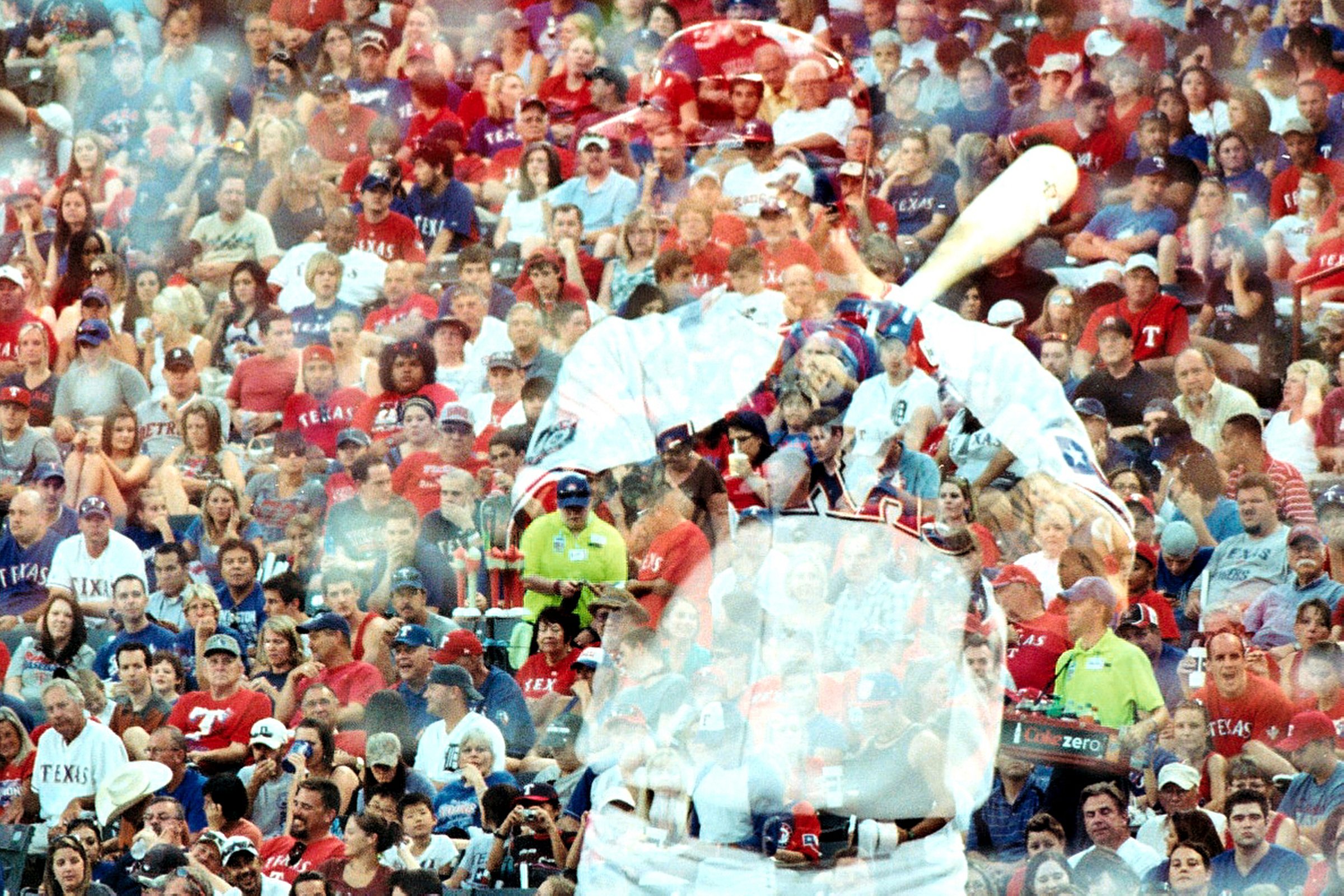
R&K: You mentioned there’s a photographer from every big media outlet covering the same event. How does that affect your way of working?
Neill: My goal at every sporting event that I go to is to make a few images that nobody else makes. Whether that’s by getting to the arena three hours before the doors open and hanging remote cameras in the rafters, or using a super wide angle lens when everyone else is zoomed in. If you see me at a basketball game, I will be the only person shooting with a 400mm lens. There’s not really a reason for it other than being the only person who will do it. So sometimes it works and sometimes it doesn’t, but I always look to make something very specific to myself so that I can give my clients something that the others don’t have.
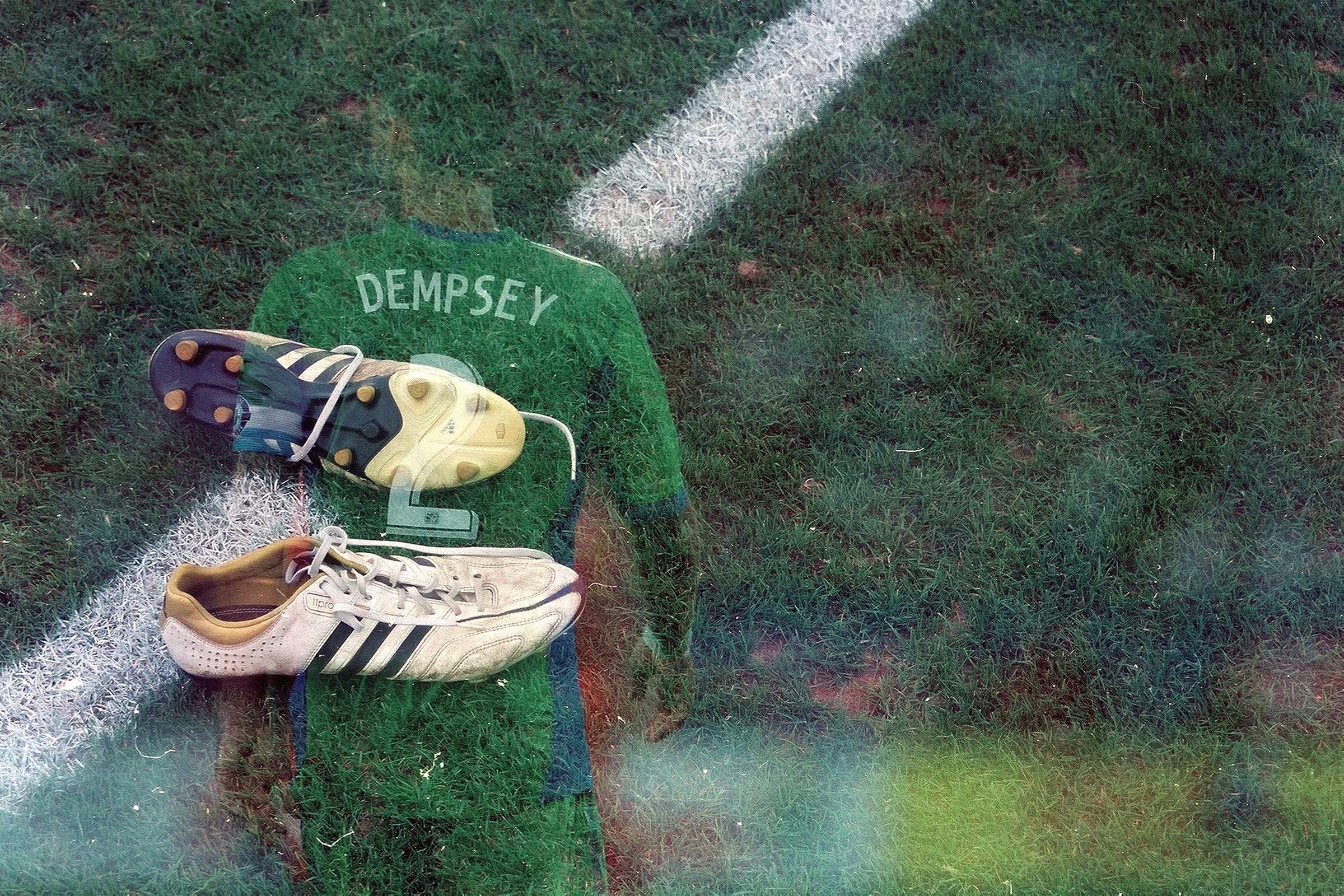
R&K: Which brings us to the double exposure project.
Neill: Whenever you work for the wires, you have certain images that they expect you to turn in: a picture of the coach, another of people celebrating, that kind of stuff. So after the 20th game, every picture that you take is something you’ve already tried before. I got into a creative rut, where I wasn’t able to come up with anything unique. I was scouring the internet, looking at sports photography, trying to come up with some inspiration and really just couldn’t find anything that I hadn’t at least attempted before. I was just getting really frustrated and I wasn’t as excited to go to games as I used to be. One day, during a game that I knew was going to be a blow-out, I decided to take my 35mm camera and shoot some film. It makes you much more selective on what you’re taking, and you have to learn to trust your eye. So I did that, and I thought I might as well shoot over the whole roll of film and see if I can make something truly unique. These weren’t pictures that I was sending to the wires, this was purely a personal project.

R&K: Do you just carry that camera around now?
Neill: Sometimes. It really depends on the game because first and foremost I have to do my work for the wires. I only get to experiment with it when it’s a game that I think is going to be very one-sided. This year when I shot the NCAA national championship game for the New York Times, I snuck in a couple of rolls of film just for myself. They actually ended up running the double exposures as a full page of wild art in the Sunday paper. So, yes I try to sneak it in whenever I can, it’s just that I don’t always have that luxury.
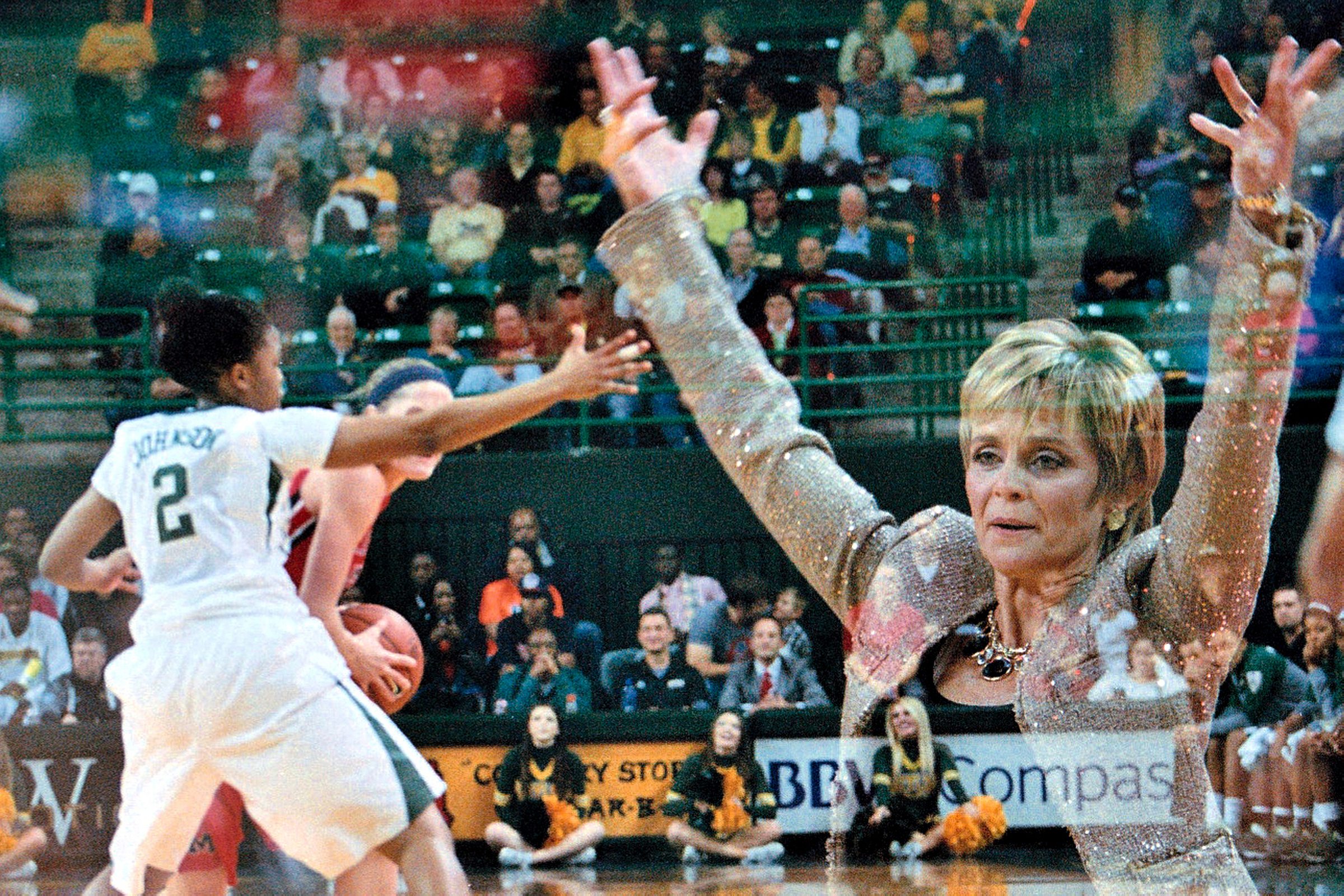
R&K: Sounds like this has helped keep you motivated about your work.
Neill: Absolutely. It’s like photo therapy. So far I’ve only done it with football, basketball, hockey and baseball, and I think I did one soccer game. But I haven’t done it much with hockey just because I don’t shoot hockey very often, and I haven’t done it very much with soccer because there’s not much soccer around. So I’d love to try and experiment more with those. Same thing with Nascar. I think there could be some really cool images with Nascar, but there’s only two events in the Dallas-Fort Worth area every year and I just haven’t gotten one of those assignments.
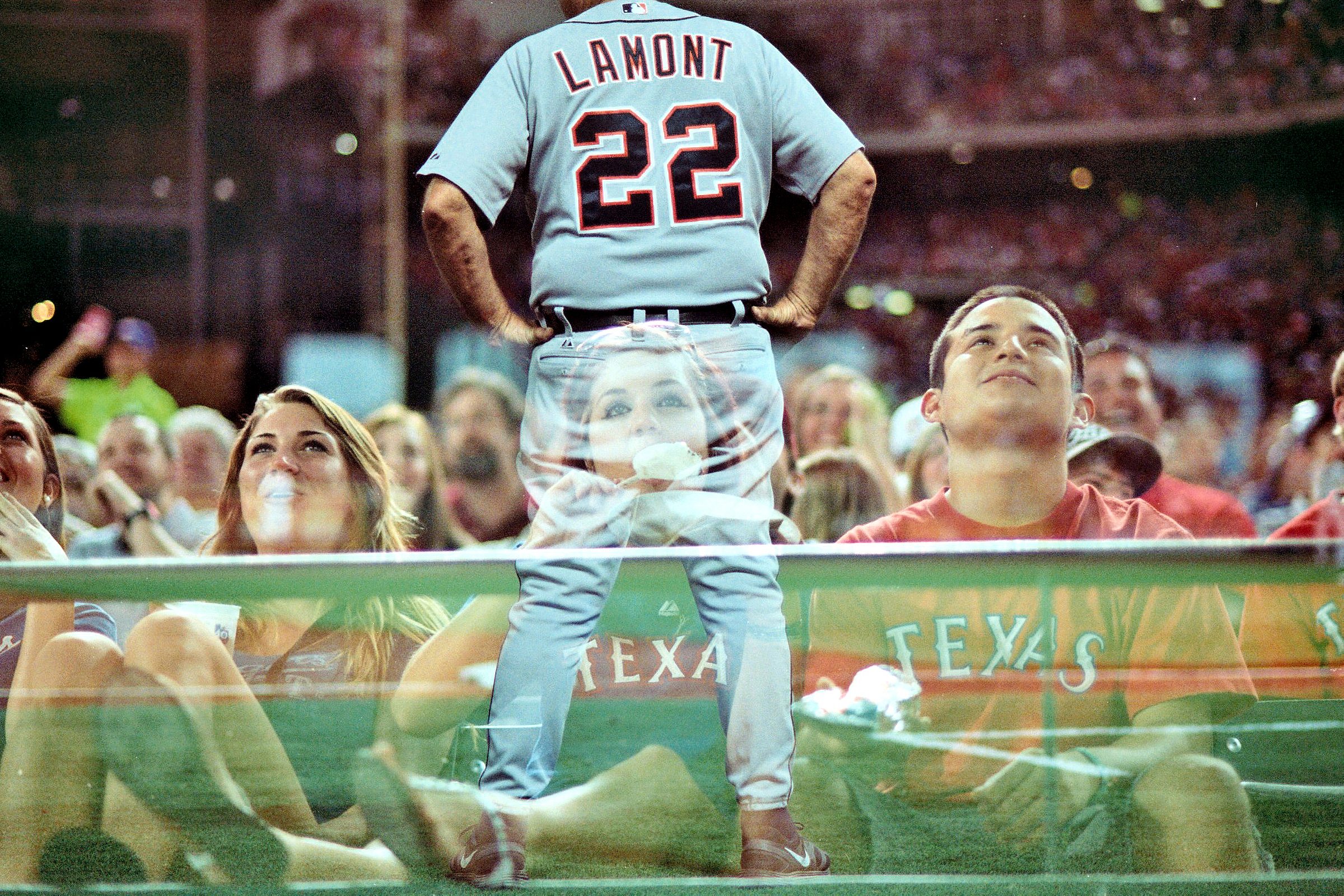
R&K: What do you think makes a good double exposure photo?
Neill: Something that adds a story-telling element to it. I always try to pair two contrasting things together. It’s all about finding something that you can juxtapose with the original frame. I think one of my favorite pictures was from the national championship game and you have the Oregon cheerleaders celebrating because they just scored a touch-down and then you have one of the players who looks like he’s just about to start crying because he just lost the game. Same team but it tells two different sides of the game. I always try to find something that can make people think or make myself think to try and figure out what’s going on. Because a lot of them aren’t super easy to read, which is one of the things that I really like about them. You have to really give it a bit of time to understand what’s going on.
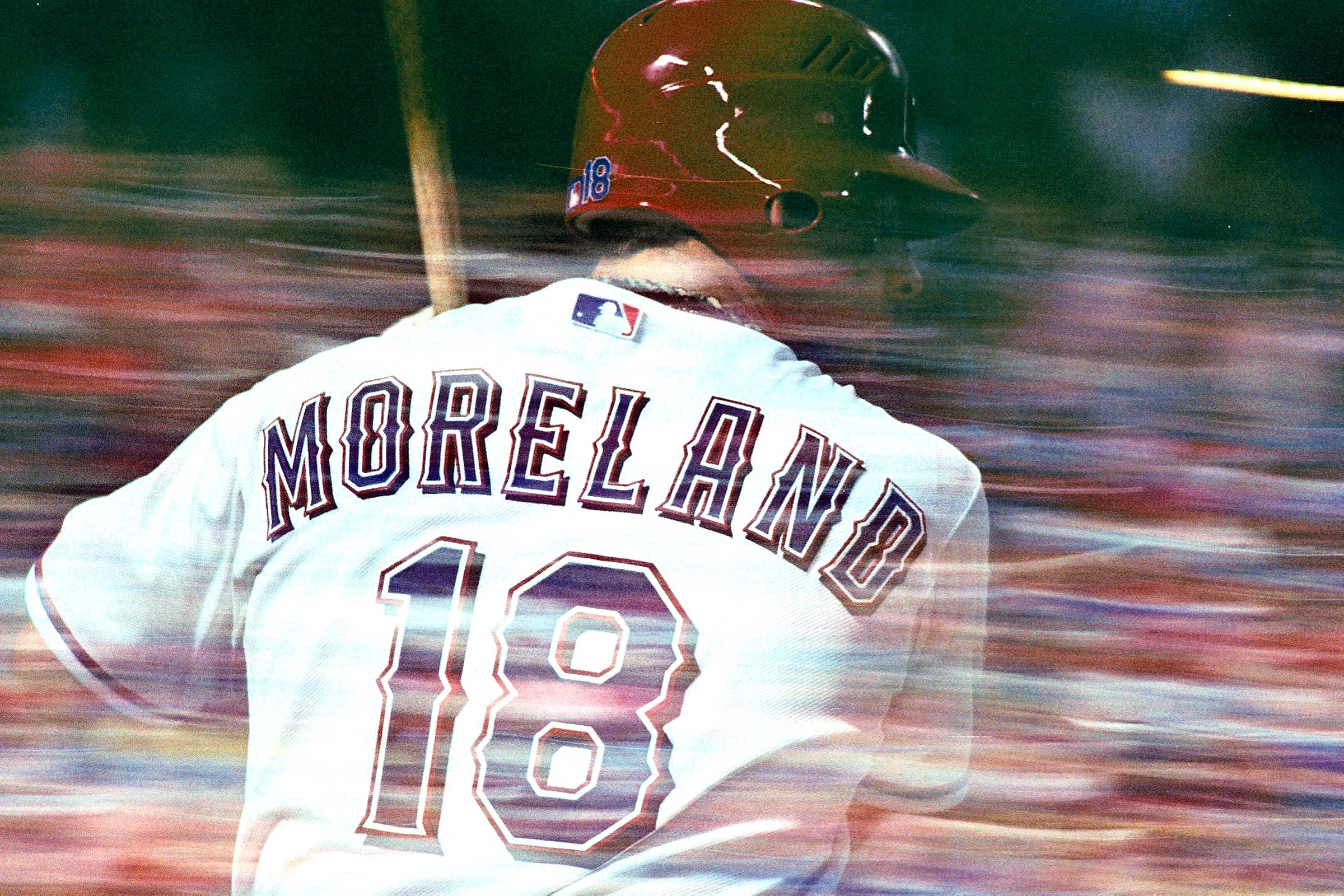
R&K: And I’m sure a bit of it is also up to luck?
Neill: Yes. I take notes whenever I’m shooting through, but I leave them pretty vague on purpose. So I’ll know where the highlights and the shadows are, and where the subject is in the frame so that I don’t have things all stacked up on one side, but I don’t necessarily take notes on what the subject is or what the emotion is because I still want there to be a little bit of chance to it.
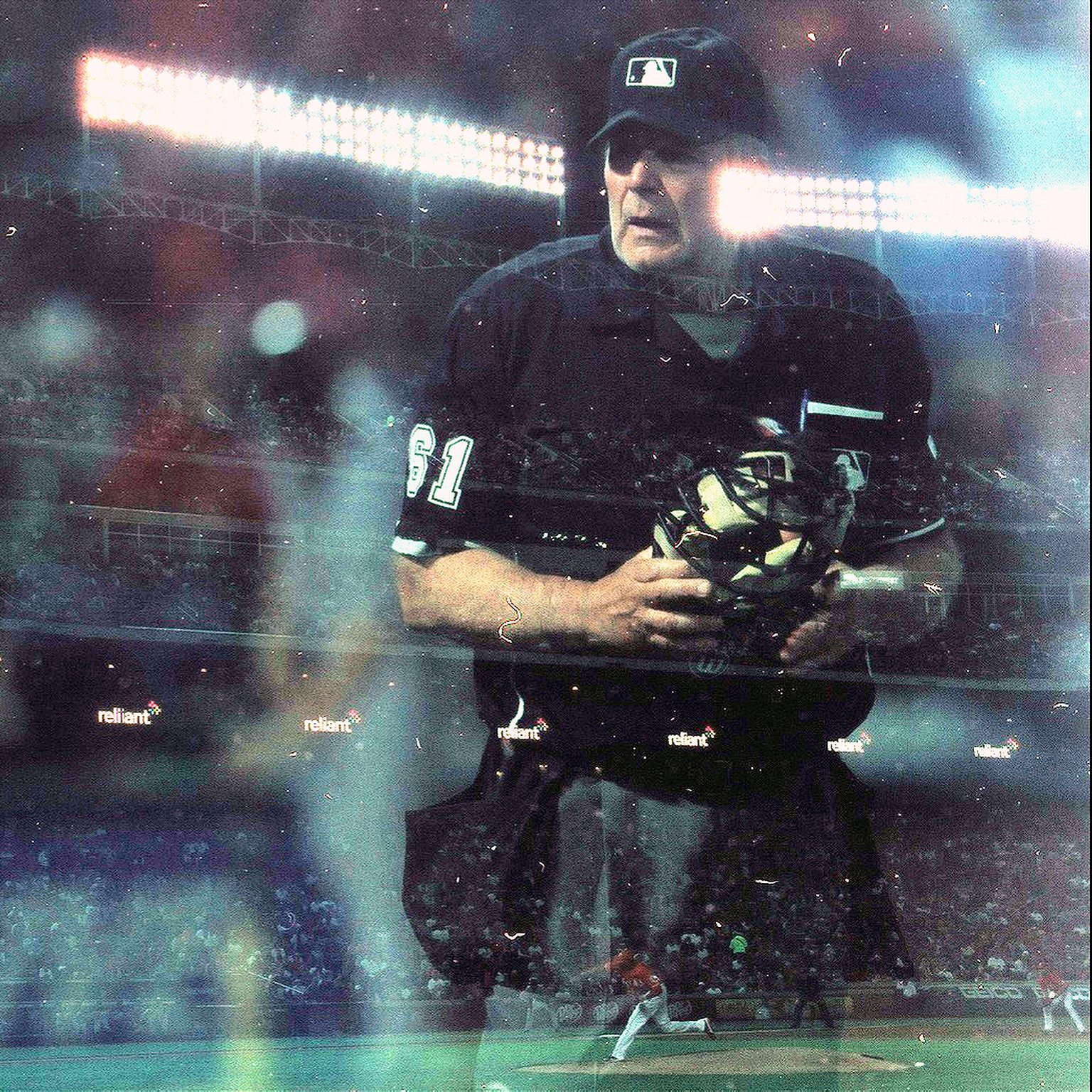
R&K: How has this project changed the way you shoot your regular assignments?
Neill: It makes me look at things differently, and I feel like I have a much better understanding of photo technique in general. I’m much more focused on how and where the light is coming from than I used to be, and which position will put me in the most dramatic light, as opposed to just picking a spot out at random. I’m much more selective as well. I’ve worked with some sports photographers who shoot five or six thousand frames in a 40-minute basketball games, which just blows my mind. That’s a big bonus to practicing with film, is you know that you don’t have to shoot that much. You can really have a lot more faith in yourself that you can get a picture whenever you need to get a picture, and not just have to hold down the shutter for the entire game.
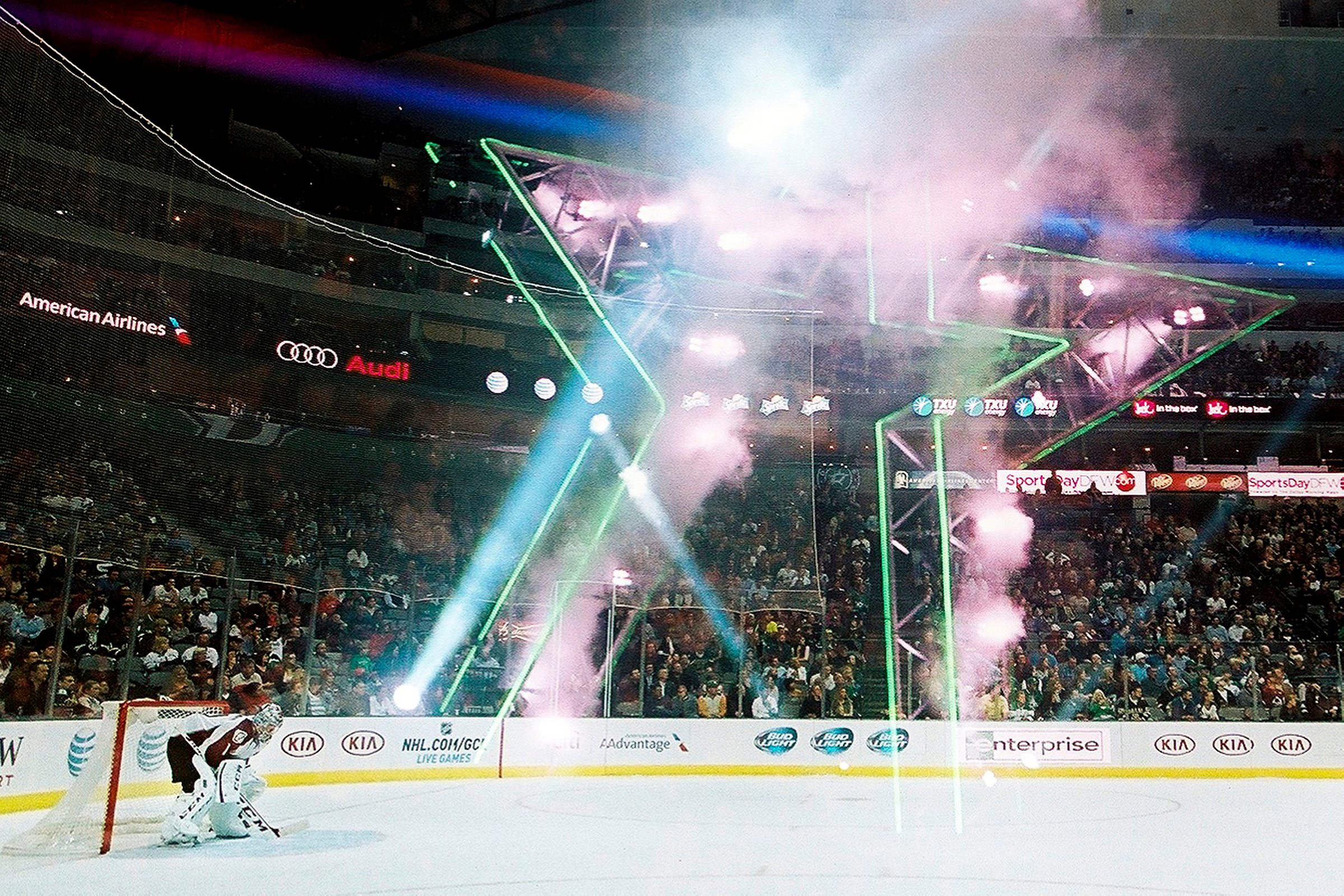
R&K: Do you think you’ll ever get bored of shooting sports?
Neill: Absolutely. It’s just a very repetitive thing. The hours aren’t the greatest either. This fall, when I’ll start shooting college football, I’ll be driving to Waco, which is two hours away. I’ll be driving to Austin, which is four hours away. I’ll have to show up at the stadium three or four hours before the game, end up editing for an hour or two after the game, so it ends up being a 16-hour workday for not a whole lot of money. But I’ll always shoot sports. I love to do it, I just hate all of the other stuff that surrounds it. If I could just show up and shoot a game and be done with it I would be on Cloud Nine. It’s the hours of driving and sitting in a parking lot, dealing with drunk fans and that kind of stuff that can get old after a while.
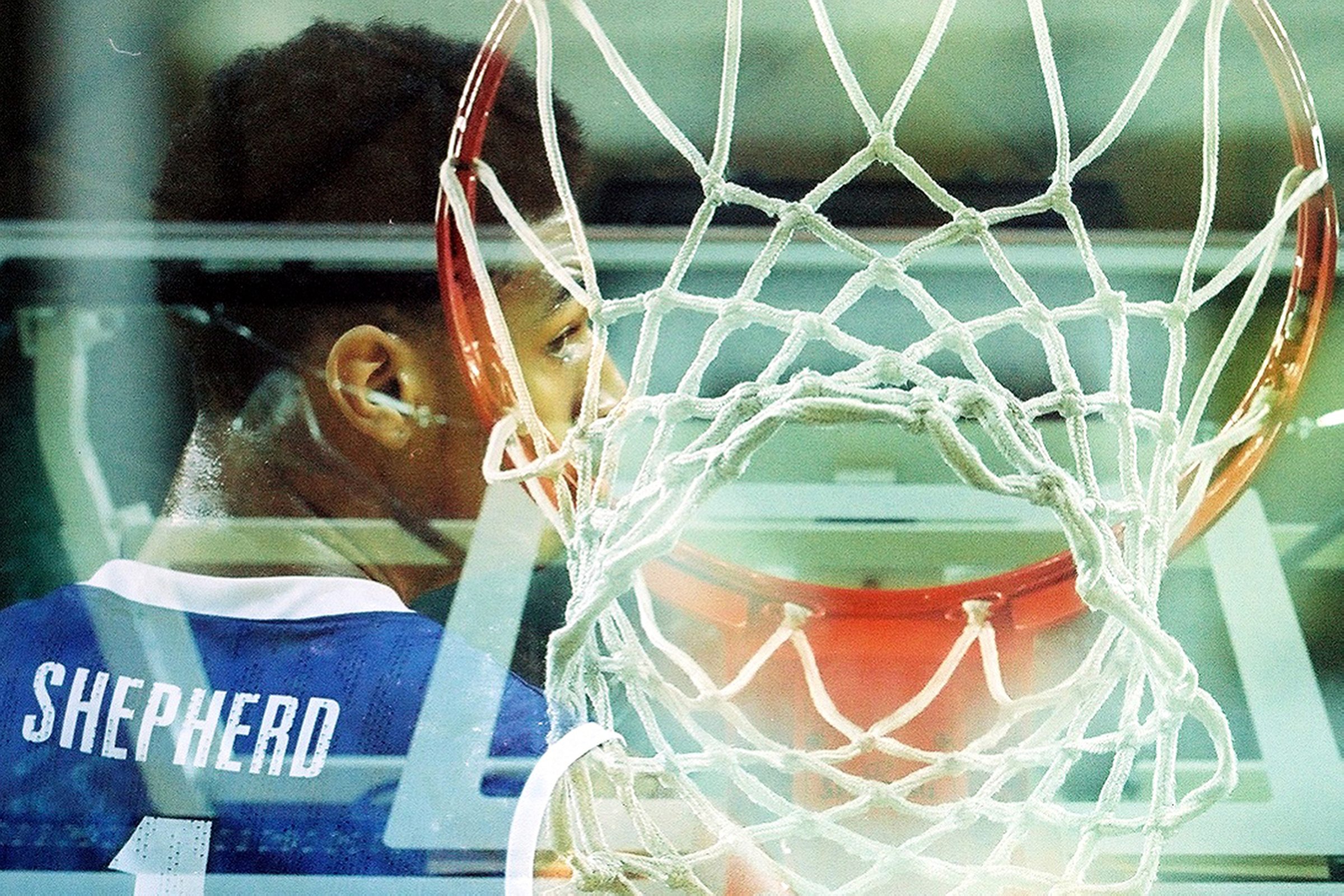
R&K: Do you ever shoot sports outside of the games? A lot of fascinating things take place outside of the field.
Neill: That’s what I’m trying to do more of. A little over a year ago I picked up a couple of gigs with Reebok shooting a professional UFC fighter who lived close to Dallas. I went out to shoot stuff for them and really got to know this guy. I ended up doing a story on him following him through his three-month training camp and his actual fighting, where he became the world champion. Hanging out with this professional fighter as he’s wrestling on the ground with his three daughters, and doing the off-the-field stuff so to say, I loved it. The UFC liked it too so I ended up working with them on a lot of their behind the scenes photography. It’s a lot more intimate of a setting and I feel like I can tell different stories. I feel like I could do that for years and years, showing people things that they don’t see on television. That’s my goal for all my sports photography.
You can see more of Cooper Neill’s work on his website, or on the Koan Collective website.